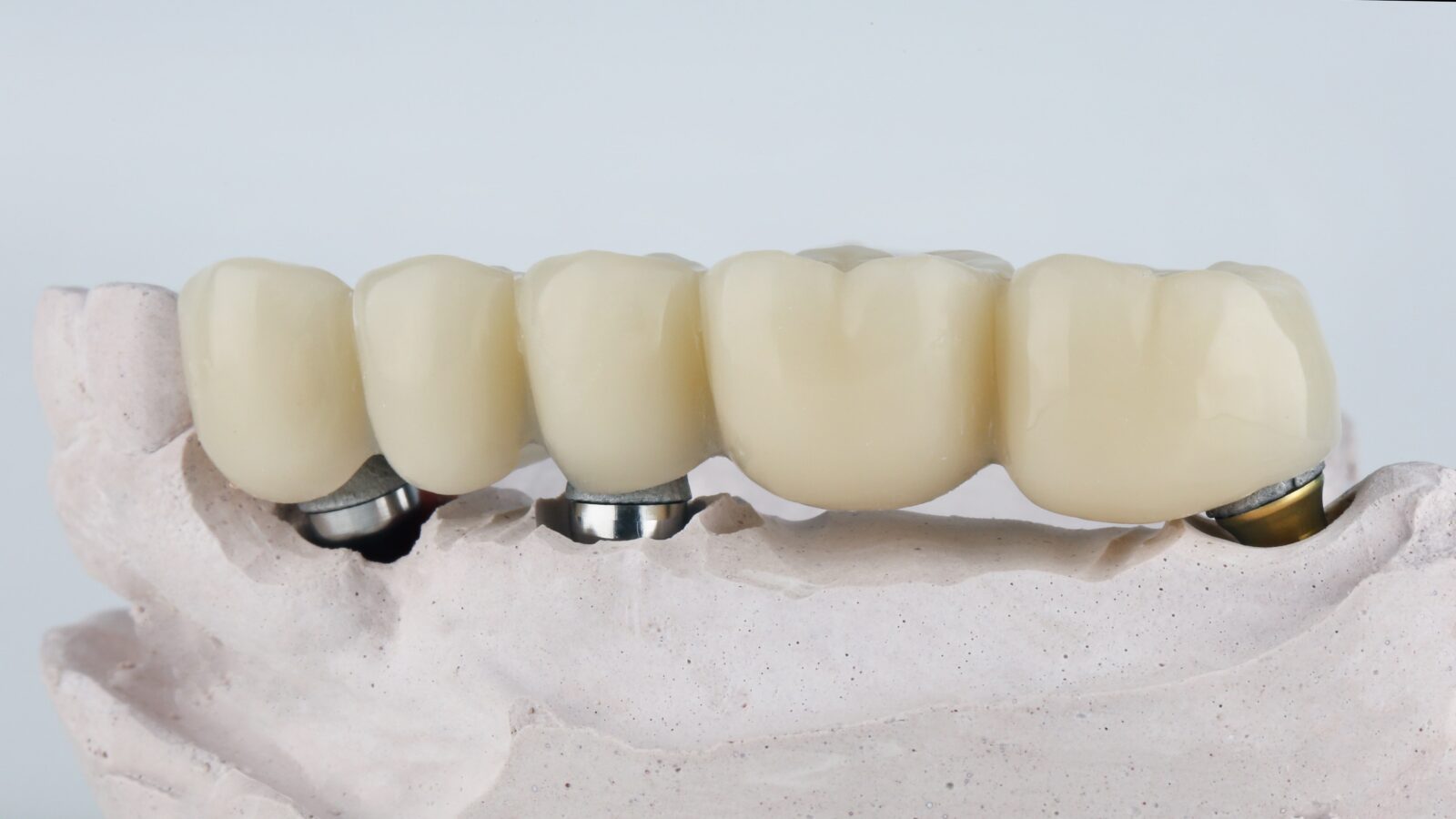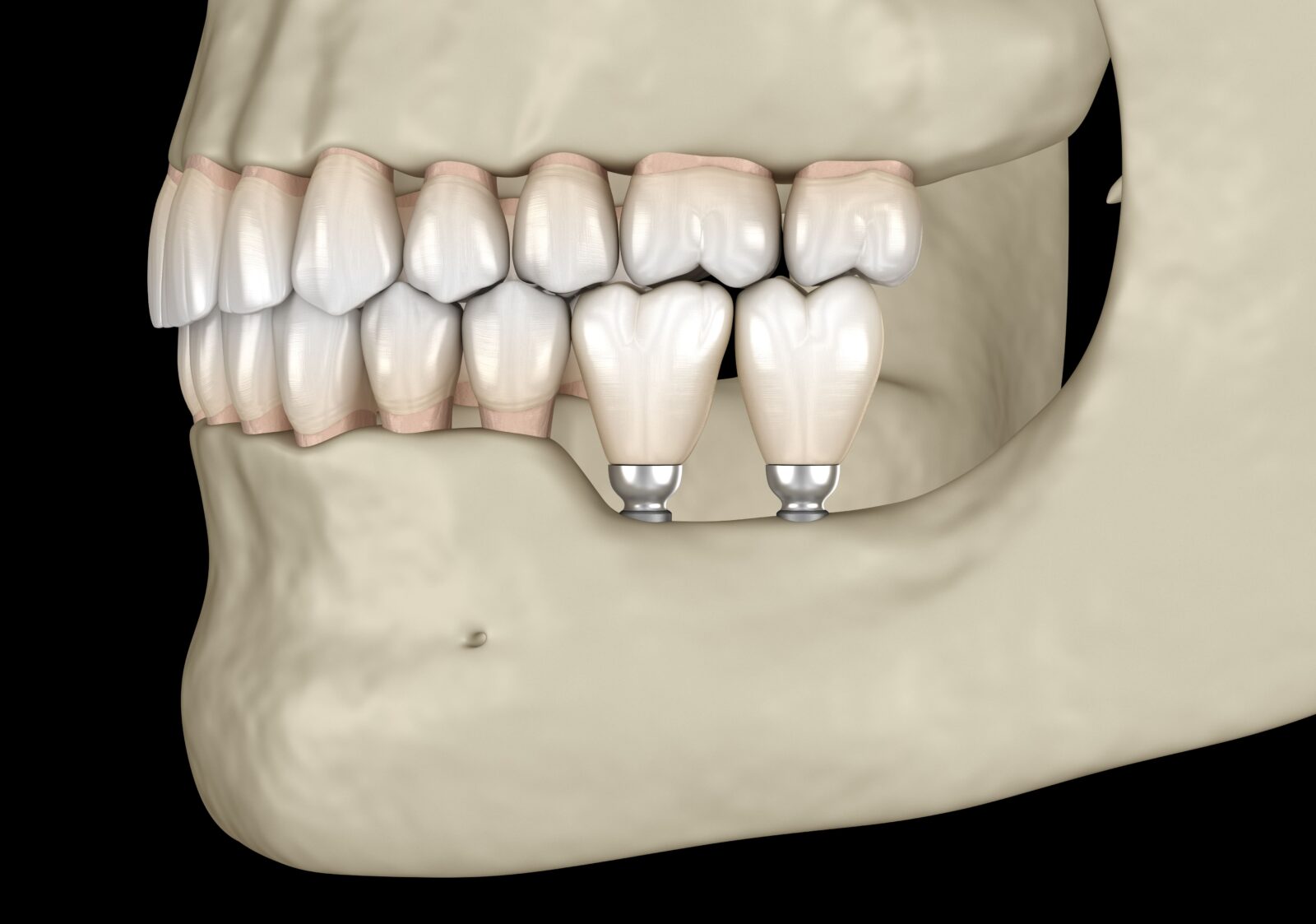When you are missing one or more teeth, it is important to replace them as soon as possible. Not only does this improve your appearance, but it also helps keep your jawbone healthy and strong. Dental implants are a great way to replace missing teeth. If you are considering dental implants to replace damaged, decayed, or missing teeth, you may be wondering how many implants you will need. This is a difficult question to answer without first examining your teeth and mouth. There are three factors that will affect the number of dental implants needed: the number of teeth being replaced, the type of restoration being used, and the amount of bone. Let’s take a look at each factor in more detail.
What are dental implants?
First things first, let’s review what dental implants are and how they work. Dental implants are small titanium posts that are surgically placed into your jawbone in order to replace missing teeth. As you heal, the bone grows around the implant, anchoring it securely in place so that it can act as an artificial tooth root. Once the implant is placed, a small connector piece, called an abutment, is placed on top of the implant. The abutment sticks out above the gum line and will eventually be used to support a dental restoration, such as a crown, bridge, or denture.
How Many Dental Implants Do I Need?
Now that we know more about what dental implants are and how they work, let’s take a closer look at the three factors that affect how many dental implants are needed.
The Number of Teeth Being Replaced
The number of teeth being replaced is the first factor that will affect the number of implants needed. If you are missing one tooth, you will need one implant. If you are missing multiple teeth, you may need more than one implant. However, the total number of missing teeth does not always directly equal the number of implants needed. To understand why this is, we must look at the other factors.
Type of Restoration
The type of restoration being used is the second factor that will affect the number of implants needed. There are three types of restorations that can be used in coordination with dental implants: crowns, bridges, and dentures.
Crowns
Crowns are single tooth replacements. They are typically used to replace a front tooth that is damaged or decayed. They can also be used to replace multiple missing teeth that are not located next to one another. In order to support a crown, you will need one implant per missing tooth.

Bridges
Bridges are multiple teeth replacements. They are typically used to replace two or more missing teeth that are next to each other. In order to support a bridge, you will need two implants–one on either side of the bridge. In some cases, a third implant may be needed, especially if the bridge is long and requires additional support.
Dentures
Dentures are complete arch replacements. They can be used to replace all of the teeth on the top or bottom jaw, or both. However, this is the most common example of why the total number of missing teeth does not always equal the number of dental implants needed. In order to support a denture, you will generally need about four to six implants per arch. In some cases, however, eight to ten implants may be used. Oftentimes, this number will depend on the next factor.
Amount of Bone

The amount of bone is the third factor that will affect the number of implants needed. In order for dental implants to heal successfully, there needs to be an adequate amount of bone for them to fuse with. Generally speaking, people with ample bone mass require fewer implants since the bone is stronger, while people with less bone may require additional implants to provide more support. In some cases, specialized implants, such as mini dental implants (MDIs) may also need to be used. A bone graft may also need to be performed to build up the bone.
In Conclusion
In this blog post, we have answered the question: how many dental implants do I need? We have looked at the three different factors that will affect the number of dental implants needed–the number of teeth being replaced, the type of restoration being used, and the amount of bone. For each factor, we have described how it affects implant numbers. In conclusion, the number of dental implants needed can range from one to ten, or even more. The final number will be dependent on the individual case and can only be determined by your dentist.
For more information on how many dental implants you need, schedule a consultation with our implant dentist today!
